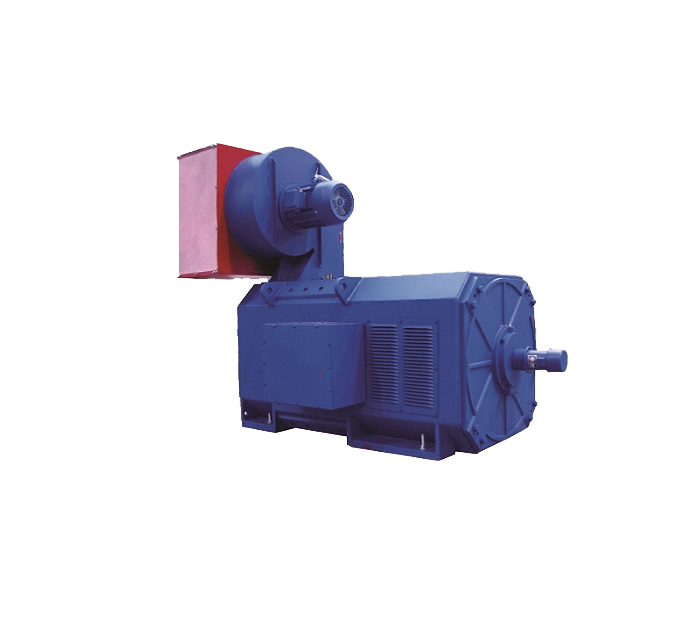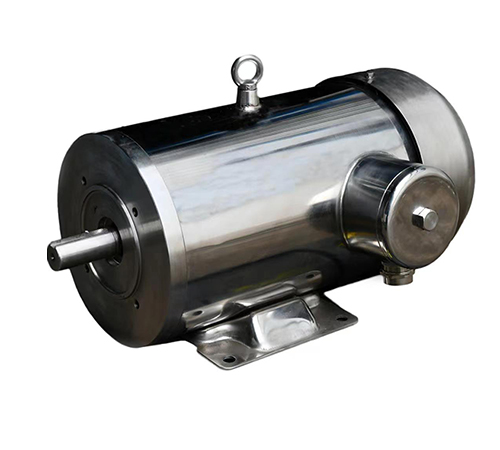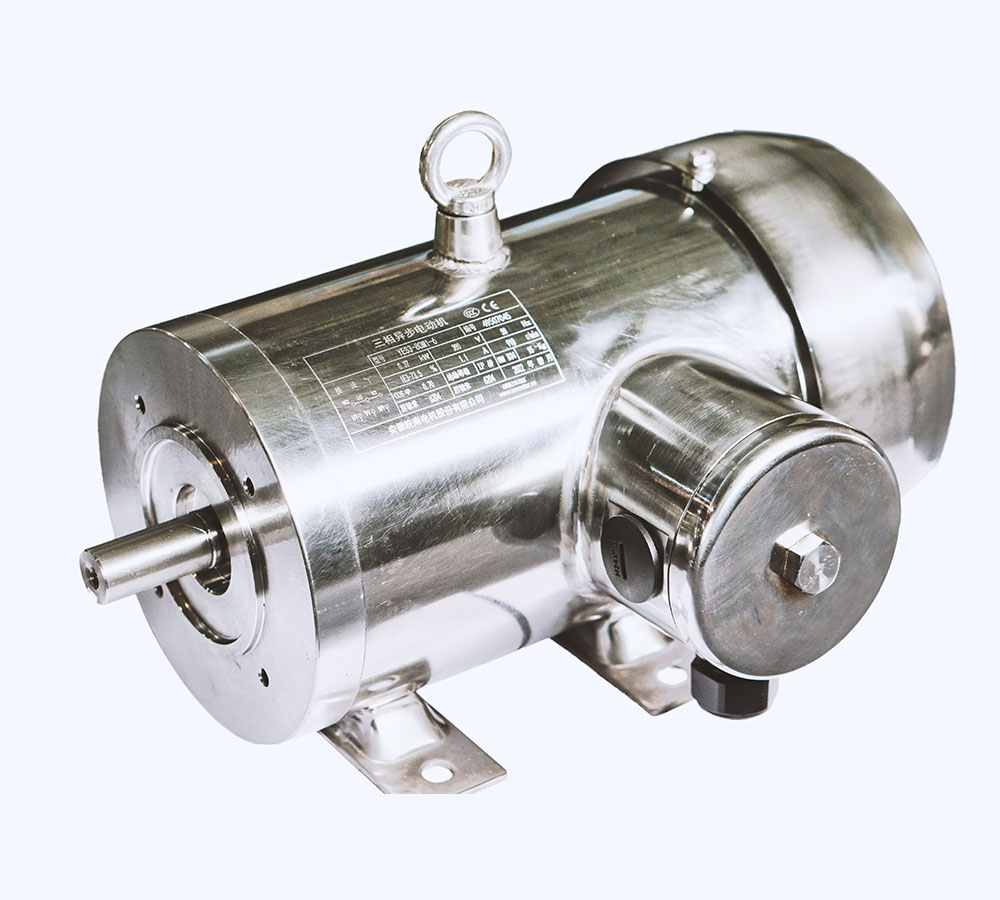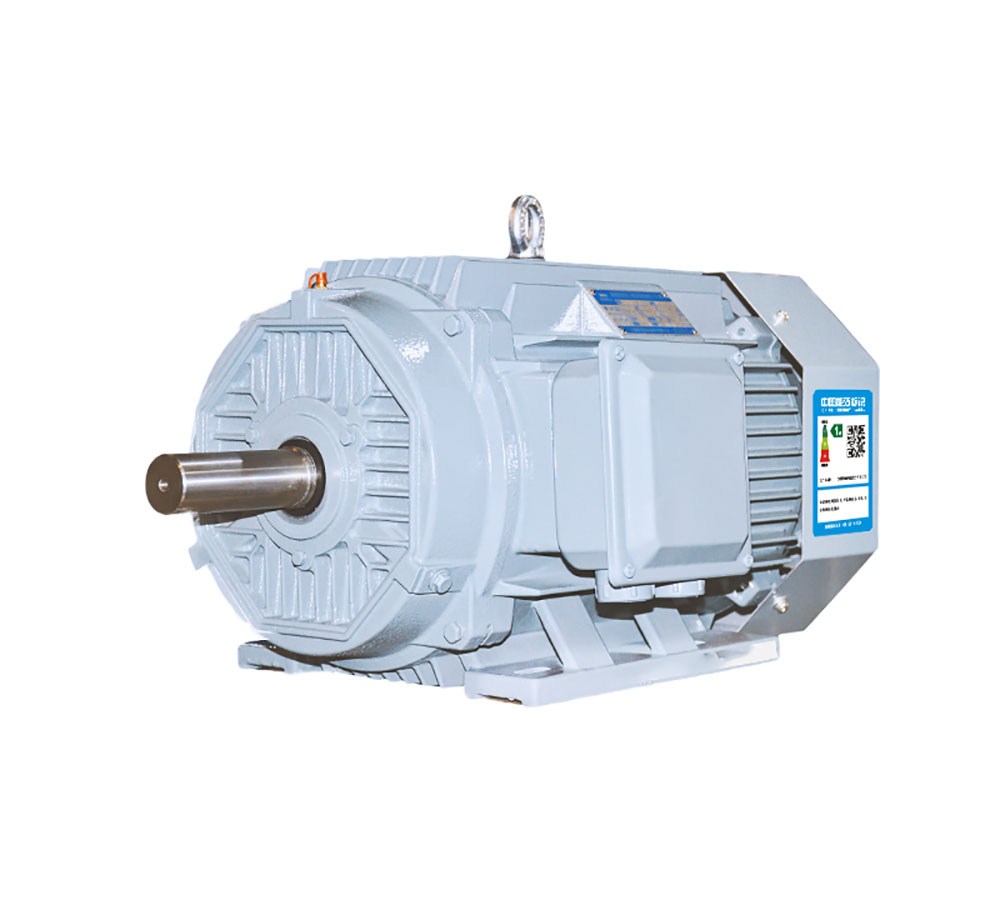The most often cited advantages of brushless DC (BLDC) motors are high reliability and low maintenance — the result of replacing brushes/mechanical commutator with an electronic commutation controller and rotor feedback device. Indeed, the “brushless advantage” can extend a BLDC motor’s service life to about 15,000 hours, which, in turn, provides the additional benefits of fewer motor replacements and less overall plant machinery downtime. But the brushless advantage does not stop there. In the world of high precision, automated machinery, BLDC motors are not simply an advantage, but a requirement. Case in point: high precision machinery need not only high reliability, they also need high performance — fast acceleration and deceleration to operational changes, as well as easy reversibility, very high operating speeds, and stable torque-speed characteristics. This is where the benefits of BLDC motors extend beyond reliability and maintenance and into performance. For a BLDC motor, its high performance characteristic is primarily the result of its rotor design.
Rotor Design
Key to a BLDC motor’s high performance characteristics of low inertia and fast response is the design of the rotor and type of permanent magnets used. The most common rotor design of a BLDC motor is the attachment of permanent “field” magnets axially to the rotor shaft in either a cylindrical or salient pole configuration. The motor’s armature coils are mounted on the stator housing core. This is the opposite of brushed DC motor rotors, which use heavy, current carrying coils to form the motor’s magnetic field. Combined with a mechanical commutator and iron core, a brushed DC rotor has a large total mass, giving it high inertia, which is an undesirable characteristic for precise positioning operations, especially for small inertia loads. Hence, the inside-out design of a BLDC rotor results in a lighter, smaller diameter, more compact, low inertia design. In addition, since permanent magnets are used for the BLDC motor’s field in lieu of electromagnetic windings, they have improved thermal cooling. With the current carrying conductors mounted on the motor housing, instead of inside the motor on the rotor, heat dissipation is easier and faster to the external environment. Thus, a BLDC motor can produce more power than brushed DC motors relative to its size and its energy losses are virtually eliminated, which is a boon for motor efficiency.
Permanent Magnets
The fast response characteristic of BLDC motors depends not only on the rotor design, but also on the choice of permanent magnets used for the motor’s magnetic field. In general, there are three main types of permanent magnets used in BLDC motors: Alnico, Ferrites, and Rare-earth Alloys.
Alnico magnets are utilized in applications where magnetic stability is critical. They exhibit high remanence and energy, moderately high coercivity, vibrational stability, and a wide operating temperature range (over 500oC). However, they are mechanically hard making them difficult to forge and machine. Ferrite magnets (also called ceramic magnets) are “made from mixed oxides of iron oxide with a divalent metal oxide of either barium or strontium.” They can be produced in large quantities and in a variety of sizes. They are low cost magnets relative to their energy production; in addition, they exhibit high coercivity, high resistivity, and low density. Until recently, they were the most popular type of motor magnet. But recent development in high remenance, rare earth magnets has greatly improved BLDC motor performance. Compared to ferrite magnets, rare earth magnets have lower inertia and size-to-torque, which makes them well suited for high performance applications.
The first generation of rare earth, permanent magnets, based on samarium cobalt, became available in the 1970s. Their benefits included high remanent flux density, high coercive force, high energy, a linear demagnetization curve, and a low temperature coefficient. They were typically used in motors with low volumes as well as in motors that operated at higher temperatures (e.g., brushless generators for microturbines.) However, they were fairly expensive due to supply limitations. In the early 1980s, the second generation of rare earth magnets, based on neodymium (Nd), appeared which were less expensive since Nd is more abundant than samarium. Second generation, rare earth magnets are not only produced in larger quantities, they have better magnetic properties. The primary benefit of these rare earth magnets is that they improved the performance-to-cost ratio for motors as well as other applications.
High Performance
High performance or precision-positioning applications require a motor drive to respond quickly to a varying total load inertia (motor + reflected inertia) and within the operating conditions called for by the application. Machine feed drives are a good example of a high performance application where BLDC servomotors are commonly applied. In this application, many small changes in acceleration for low mass loads occur. To respond to these operating conditions, a motor must be both fast response and stable. To determine a motor’s response characteristic, “torque-inertia (T/J) ratios are used as a means of judging the acceleration merits of servo motors.” The larger the T/J ratio is, “the higher the acceleration of the motor and the more rapid the response of the system. [And] since the T/J ratio is proportional to 1/Diameter2, smaller diameter motors have larger T/J ratios.” Since BLDC motors with rare earth magnets have smaller diameters than those with ceramic magnets, they are ideal for small load inertia, high performance applications since their T/J ratios are high. But low inertia, BLDC motors are load sensitive; as load inertia increases, the T/J ratio is reduced, causing a slower, less stable response. For large load inertia applications, ceramic motors are a better selection for the application because their T/J ratios see less of a dynamic drop off.
WN Motor, Industrial Solutions.
![]()
.jpg)
 ADD: No.86 Nan'hua Road, Jing County, Anhui Province, China
ADD: No.86 Nan'hua Road, Jing County, Anhui Province, China
 TEL:+86-13866146423
TEL:+86-13866146423
 EMAIL: glenxia@wannanmotor.net
EMAIL: glenxia@wannanmotor.net
Contact Wannan Motor
ADD: No.86 Nanhua Road, Jing County, Anhui Province, China
TEL: +86-13866146423
TEL: 400-111-0563
FAX: 0563-5029999
EMAIL: glenxia@wannanmotor.net






